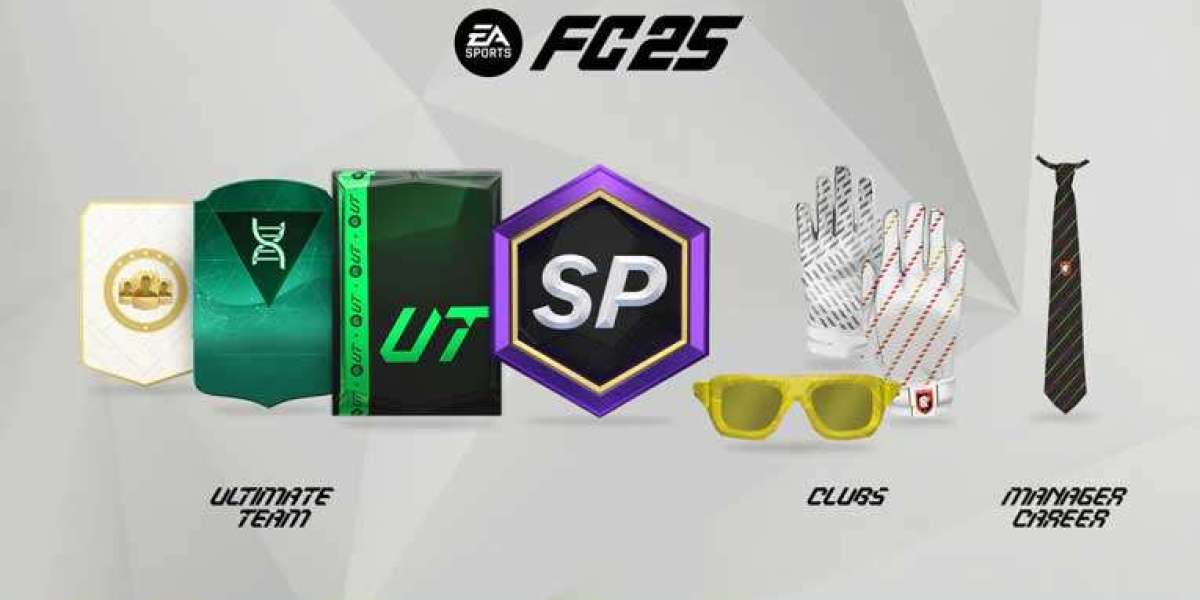When it comes to understanding the intricacies of a rifle scope, it is essential to delve into the anatomy of this crucial piece of equipment. By identifying each part and its purpose, shooters can enhance their accuracy and overall shooting experience.
The Objective Lens: Shedding Light on Clarity
One of the key components of a rifle scope is the objective lens. This lens is responsible for gathering light and transmitting it to the ocular lens, ultimately providing clarity and brightness to the target image. The size of the objective lens plays a significant role in determining the amount of light that enters the scope, affecting visibility in low-light conditions.
The Ocular Lens: Focusing on Precision
On the opposite end of the rifle scope is the ocular lens, which is crucial for focusing on the reticle and target. This lens allows shooters to adjust the focus to their individual eyesight, ensuring a clear and precise view of the target. By fine-tuning the ocular lens, shooters can achieve optimal sharpness and accuracy in their shots.
The Turret: Making Adjustments with Precision
Located on the exterior of the rifle scope, the turret is used for making adjustments to the windage and elevation settings. By turning the turret knobs, shooters can compensate for bullet drop, wind drift, and other external factors that may affect the trajectory of the bullet. Understanding how to use the turret effectively is essential for achieving accuracy at different distances.
The Reticle: Aiming for Success
At the heart of the rifle scope is the reticle, also known as the crosshair. The reticle provides a point of reference for aiming at the target and making precise shots. There are various types of reticles available, each designed to suit different shooting scenarios and preferences. By selecting the right reticle for their needs, shooters can improve their aiming and shooting capabilities.
Overall, a thorough understanding of rifle scope anatomy is crucial for shooters looking to enhance their shooting skills and accuracy. By familiarizing themselves with each part and its purpose, shooters can make informed decisions when selecting a rifle scope and maximize its performance on the field.







